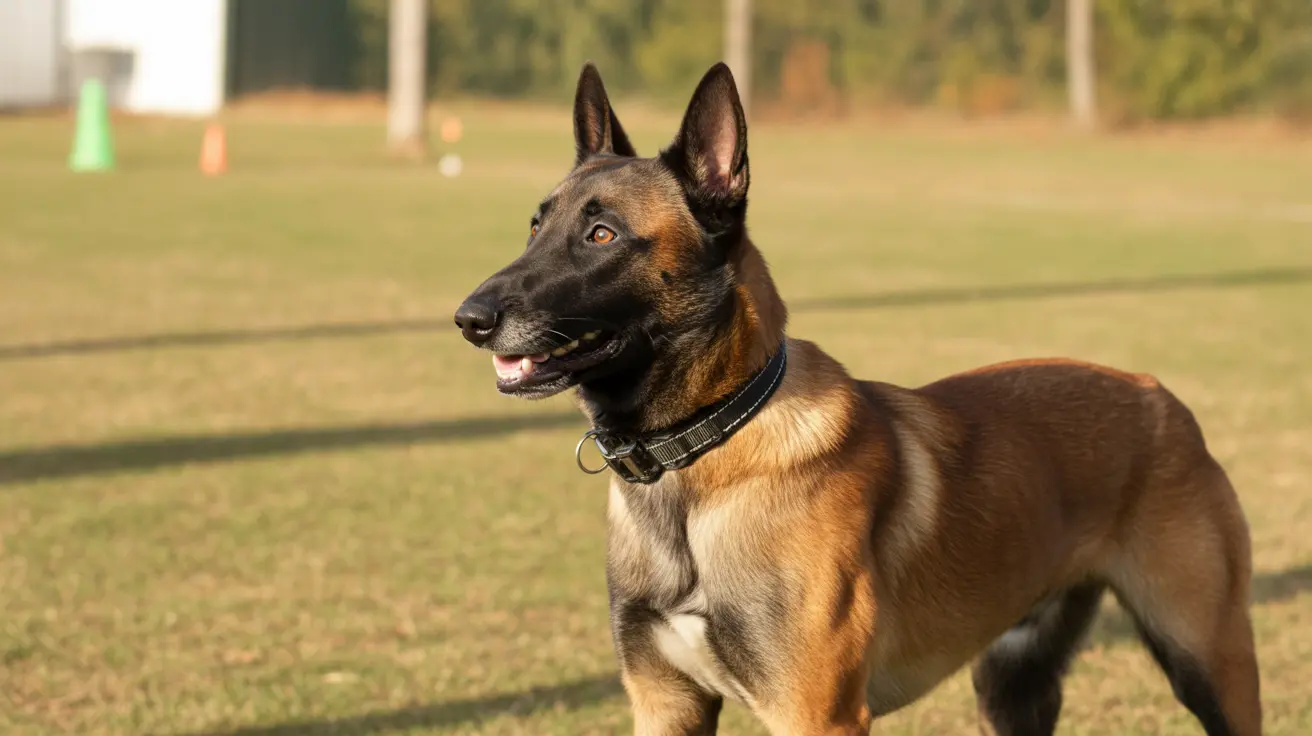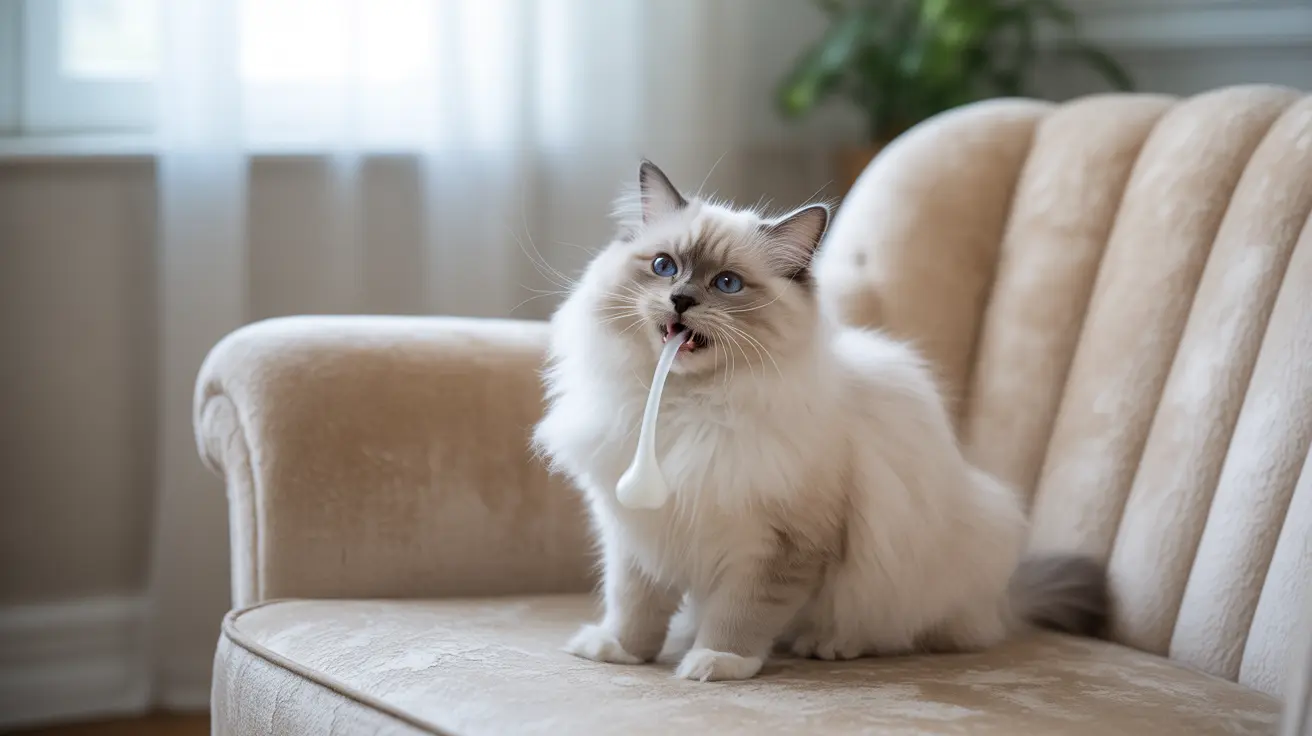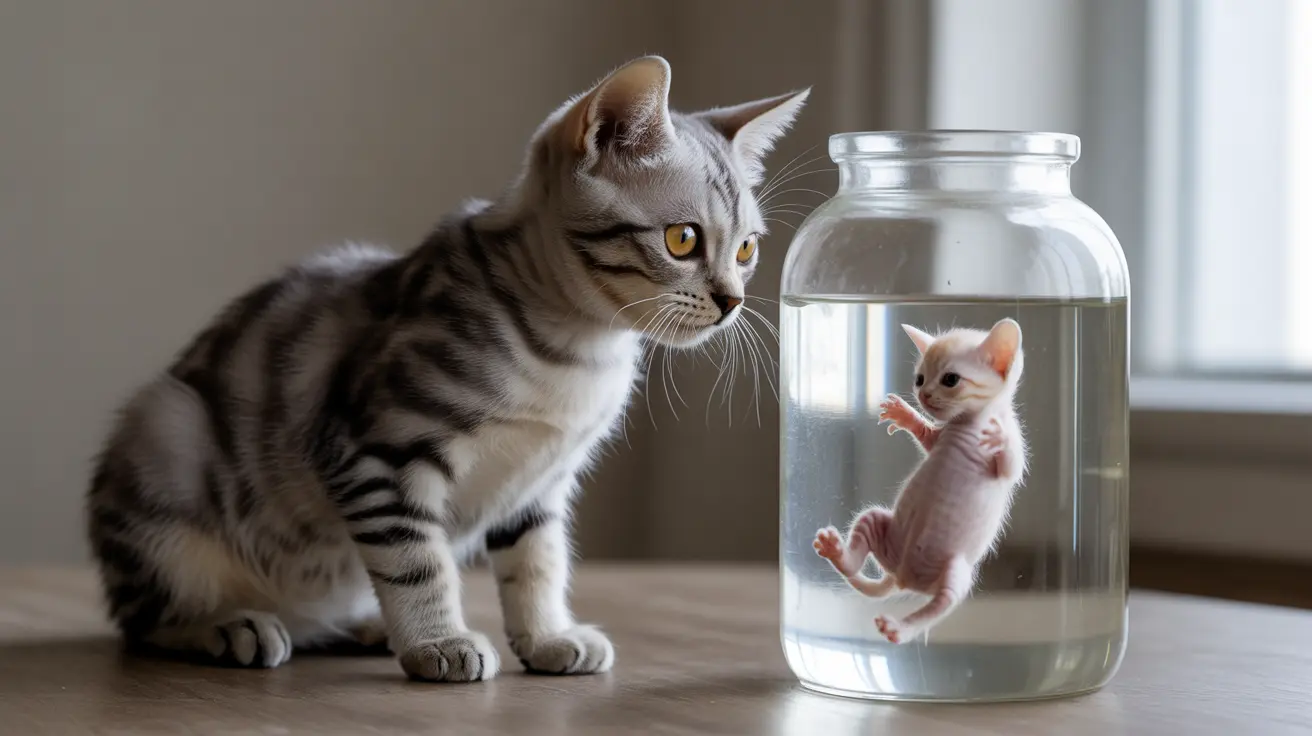Living with both cats and guinea pigs can be challenging, but with the right approach to cage security, these pets can safely coexist in your home. This comprehensive guide will show you how to effectively cat-proof your guinea pig cage, ensuring your small pets remain protected while giving you peace of mind.
From selecting the right cage to implementing crucial safety modifications, we'll cover everything you need to know about creating a secure environment for your guinea pigs in a home with cats. Let's explore the most effective strategies and solutions that experienced pet owners and veterinarians recommend.
Choosing the Right Cage for Maximum Security
The foundation of guinea pig safety starts with selecting an appropriate cage. Glass or acrylic enclosures offer the best protection, as they eliminate the risk of cats reaching through bars. If opting for a wire cage, ensure the bars are closely spaced and the construction is sturdy enough to withstand a cat's weight and curiosity.
Look for features like heavy-duty latches, reinforced corners, and a solid bottom. Premium options like the Midwest Homes for Pets Guinea Habitat Plus can be excellent choices when paired with appropriate modifications for cat protection.
Essential Safety Modifications and Barriers
Once you have your base cage, several modifications can enhance security. Installing a tight-fitting mesh cover or lid is crucial - this prevents cats from reaching inside while maintaining proper ventilation. Hardware cloth or metal mesh, secured with zip ties, creates an effective barrier that can withstand determined felines.
Consider adding side barriers made from coroplast or sturdy mesh to prevent cats from pawing through the sides. These modifications should be regularly checked for stability and replaced if showing signs of wear.
Strategic Placement and Environmental Considerations
Location plays a vital role in guinea pig safety. Ideally, place the cage in a separate, cat-free room with a closed door. If this isn't possible, elevate the cage on a sturdy table or stand, making it harder for cats to access. Ensure the surface is stable and the cage can't be knocked over.
Creating a buffer zone around the cage using baby gates or other barriers can provide an additional layer of protection. This approach helps reduce direct contact opportunities between cats and guinea pigs.
Monitoring and Behavioral Management
Even with physical barriers in place, supervision is essential. Never leave cats unsupervised around guinea pig cages, especially during feeding times or cage cleaning. Some cats may become less interested over time, but never assume this means it's safe to relax security measures.
Consider using safe deterrents around the cage area to discourage cats from getting too close. Double-sided tape on nearby surfaces or commercial pet deterrent sprays can help reduce feline interest in the area.
Frequently Asked Questions
What type of cage is best for cat-proofing a guinea pig enclosure?
The best options are solid-sided enclosures made of glass or acrylic, or heavy-duty wire cages with narrow bar spacing and reinforced construction. These should always be paired with a secure, cat-proof lid or cover.
How can I secure the doors and lids of a guinea pig cage to keep curious cats out?
Use multiple securing methods such as child-proof locks, heavy-duty clips, and carabiners. Ensure all latches are tight and check them regularly for wear or damage.
What DIY modifications can I make to a C&C guinea pig cage to prevent cat access?
Add a sturdy lid made from storage cube grids secured with zip ties, install hardware cloth or metal mesh around the sides, and use coroplast barriers to block access points.
Where should I place my guinea pig cage to minimize my cat's ability to reach it?
Ideally, place the cage in a separate, closed room. If that's not possible, elevate it on a sturdy table away from jumping points, and consider using baby gates or other barriers for additional protection.
How do mesh covers and additional barriers help protect guinea pigs from cats?
Mesh covers and barriers prevent direct contact while maintaining ventilation. They block cats from reaching through bars or accessing the cage from above, significantly reducing stress for guinea pigs.
Conclusion
Creating a safe environment for guinea pigs in a home with cats requires careful planning and consistent maintenance of security measures. By implementing these proven strategies for cat-proofing your guinea pig cage, you can ensure your small pets remain protected while maintaining a harmonious multi-pet household.
Remember to regularly inspect all modifications and barriers, making adjustments as needed to maintain optimal security. With proper precautions and vigilance, cats and guinea pigs can safely share your home.






